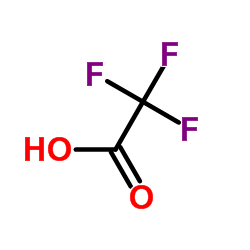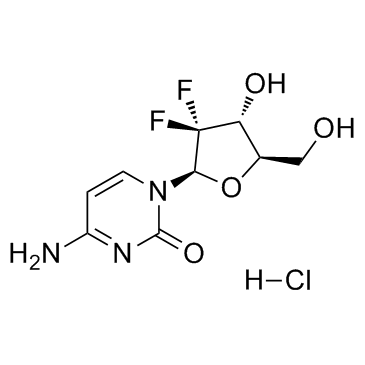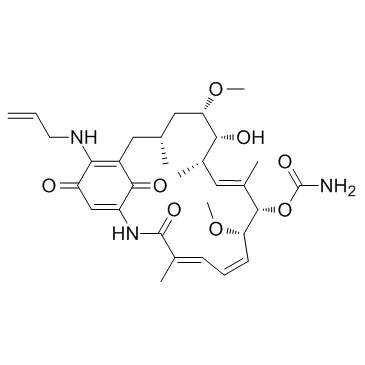| Structure | Name/CAS No. | Articles |
|---|---|---|
 |
Formic Acid
CAS:64-18-6 |
|
 |
trifluoroacetic acid
CAS:76-05-1 |
|
 |
Gemcitabine HCl
CAS:122111-03-9 |
|
 |
17-AAG
CAS:75747-14-7 |